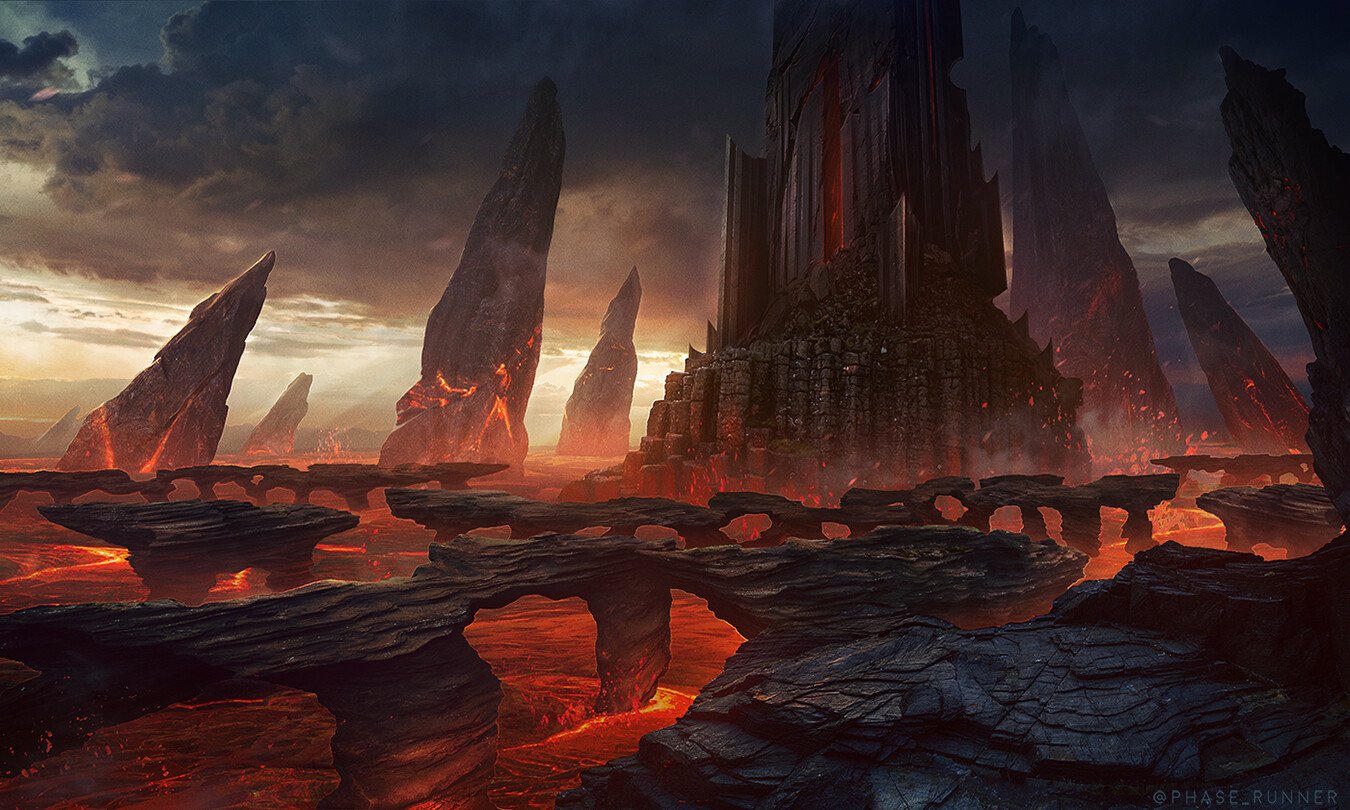

If you prefer a headband, the Nathan Reflective Headband uses midweight fleece material to keep your hair in place and your ears warm. (When purchasing, be sure to choose the black/reflective color that’s the only option that has the reflective strip.) However, the reflective strip is small so you still might want an extra light or piece of reflective or high-vis gear. There are nearly 8,000 reviews and a 4.5-star rating on Amazon, and Runner’s World deems it a top winter hat. It’s lightweight but toasty, making it a huge hit with runners and cyclists. (But no, we didn’t run straight into traffic to test it.)Īnd while a piece of reflective or high-vis clothing or gear is great if it makes you visible, it doesn’t do much if it bounces around or isn’t comfortable, so we factored that in as well.įor the dark winter runs, bundle up and be seen with the Tough Headwear reflective skull cap. We took this gear (or talked to fellow runners who tried it) out on the roads before the sun was up or after it went down, in areas that had no or very little lighting. How We Testedīoots on the ground is the best way to determine if a product is up to snuff, especially when it comes to safety.

#The dark runner drivers#
Placing a light or reflective gear on moving parts-arms, feet, ankles-will also alert drivers that you’re a moving object. While any light will make you more visible to cars, a blinking light can be more attention-grabbing. You can make that decision depending on how dark it is, and whether there are sidewalks or street lights. That might mean wearing high-vis and reflective gear, and carrying a light or wearing a headlamp. The more you can make yourself seen, the better.
#The dark runner driver#
While reflective material might be better in the pitch dark, it only works when a light source hits the fabric, and in many cases if reflective pieces aren’t strategically placed it can be hard for a driver to make out what he or she is looking at.Īt the end of the day (or at the very start of it!) you just want traffic to be able to see you when you are running in the dark. Then there’s reflective material, or retro reflectivity, which reflects rays of light back to where it came-so a driver with his headlights on, for example, Orton says. “When we catch a glimpse of something in the dark, our eyes struggle to make sense of what they’re seeing.” “Research revealed that the brain is easily confused in poor lighting,” Orton says.

(More on Brooks’ Run Visible line and how it helps drivers see runners as human forms, later.) Orton goes on to explain that’s why it’s extra important that high-visibility gear not only make a runner visible but that the runner is recognizable as human. Clothing that is considered “high visibility” uses colors and contrast “to provide increased visual recognition,” Mike Orton, an apparel product line manager for Brooks Running, tells Runner’s World. While they’ll both help drivers see you when you’re running in the dark, they’re two different things. You’ll see clothing billed as high-visibility or reflective.


 0 kommentar(er)
0 kommentar(er)
